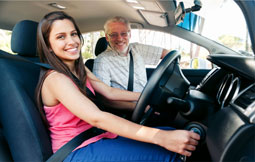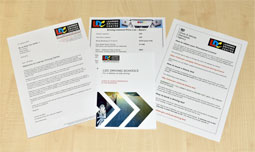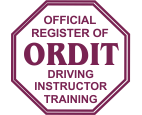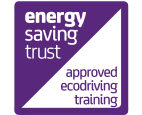Driving lesson 5. The Emergency Stop
Introduction
 A good driver will rarely have to stop in an emergency as he or she is always on the look out for potentially dangerous situations and will act accordingly. Never the less, a situation may arise that could not have been anticipated and consequently the only course of action is to undertake an emergency stop.
A good driver will rarely have to stop in an emergency as he or she is always on the look out for potentially dangerous situations and will act accordingly. Never the less, a situation may arise that could not have been anticipated and consequently the only course of action is to undertake an emergency stop.
The emergency stop
The key points of the emergency stop are as follows:
- Apply the foot brake quickly, but firmly, don't waste time checking the mirrors. Press the brake before the clutch. If you press the clutch first the car may become unstable and difficult to control.
 Keep both hands on the steering wheel until the car has stopped. When you brake hard the weight of the car is thrown forwards; this means that you need a firm grip on the steering wheel to maintain direction or correct skids.
Keep both hands on the steering wheel until the car has stopped. When you brake hard the weight of the car is thrown forwards; this means that you need a firm grip on the steering wheel to maintain direction or correct skids.- Just before the car comes to a stop press the clutch fully to the floor. Once the car is stationary secure it by applying the handbrake and selecting neutral.

- To move away again prepare the car to move and take effective observations in all your mirrors and check the blind spots to both the left and the right.
How to correct a skid
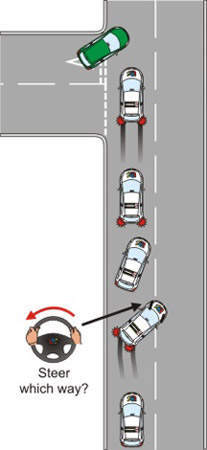 When braking firmly there is always an increased risk of skidding, particularly if the road surface is wet, icy or loose. On a good dry road surface you should allow a 2 second gap between your vehicle and the vehicle in front. In wet weather this distance should be doubled to 4 seconds and can be up to 10 times in snow and icy conditions.
When braking firmly there is always an increased risk of skidding, particularly if the road surface is wet, icy or loose. On a good dry road surface you should allow a 2 second gap between your vehicle and the vehicle in front. In wet weather this distance should be doubled to 4 seconds and can be up to 10 times in snow and icy conditions.
If you apply the brakes too hard the wheels can lock causing the car to skid across the road surface. However, you may be driving a car that is fitted with ABS (anti-lock braking system), this system helps to prevent skidding when stopping quickly.
ABS works by detecting the point at which the wheels are about to lock, releasing the brake (which allows the tyres to maintain their grip on the road surface) and then reapplying the brake. This is done many times a second sending a pulsing sensation through the brake pedal. Maintain maximum pressure on the brake pedal throughout.
If you need to steer to correct a skid you can do so whilst still braking if your car is fitted with ABS. To do this steer into the skid, or the direction you want the car to go.
Do not allow the fact that you have ABS fitted encourage you to drive less safely. The car can still skid if there is poor tyre contact with the road surface, for example if there is surface water, loose chippings or wet leaves.
Cadence braking
If your vehicle is not fitted with ABS and it starts to skid, release the foot brake, this will allow the tyres to grip the road surface again, then reapply the brake to start slowing the car down again.
This should be done very quickly with a pumping action and is called cadence braking. You should not steer at the same time as doing cadence braking; wait until you have the car under full control again.
Speed and stopping distances
The distance it takes to stop a vehicle depends upon the weight, speed, brakes, tyres and suspension of the vehicle. It also depends upon your reaction speed or thinking time and the road surface itself. The Highway Code contains a guide to stopping distances assuming a typical dry road surface and average vehicle characteristics (see diagram below).
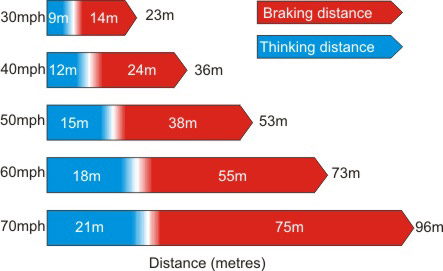
Highway Code study
Rules: 118 - 120, 126.

